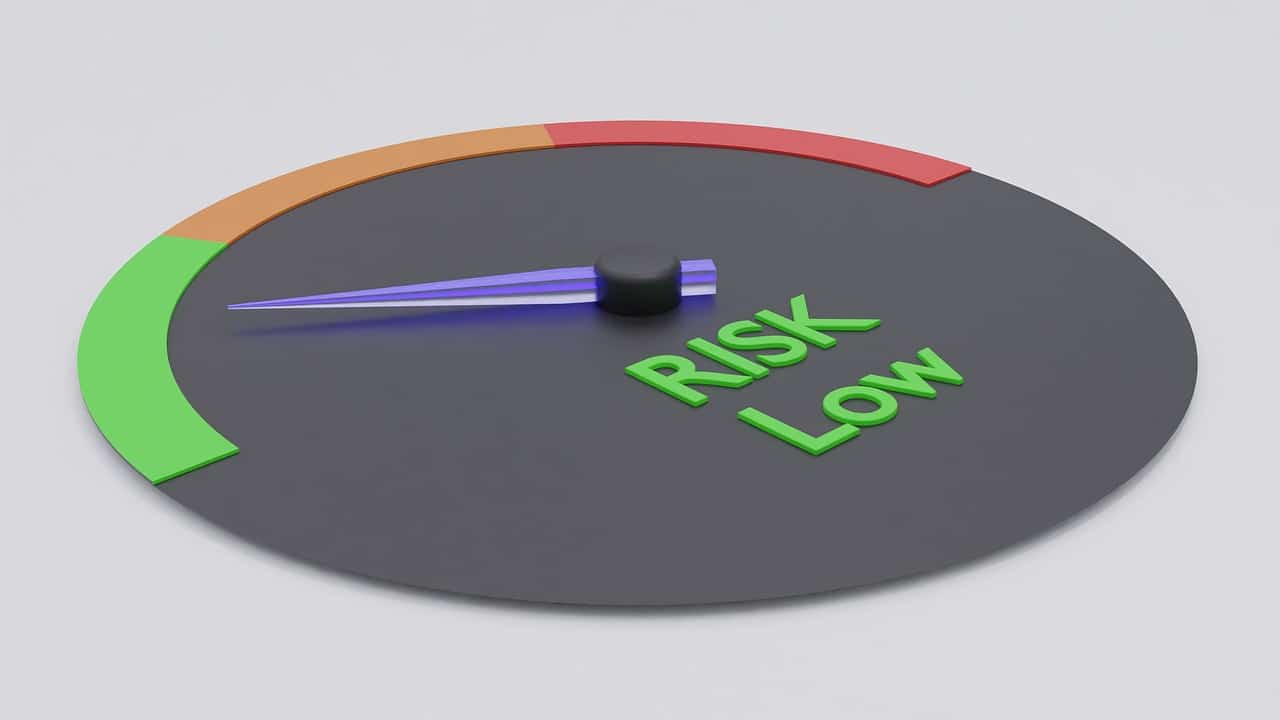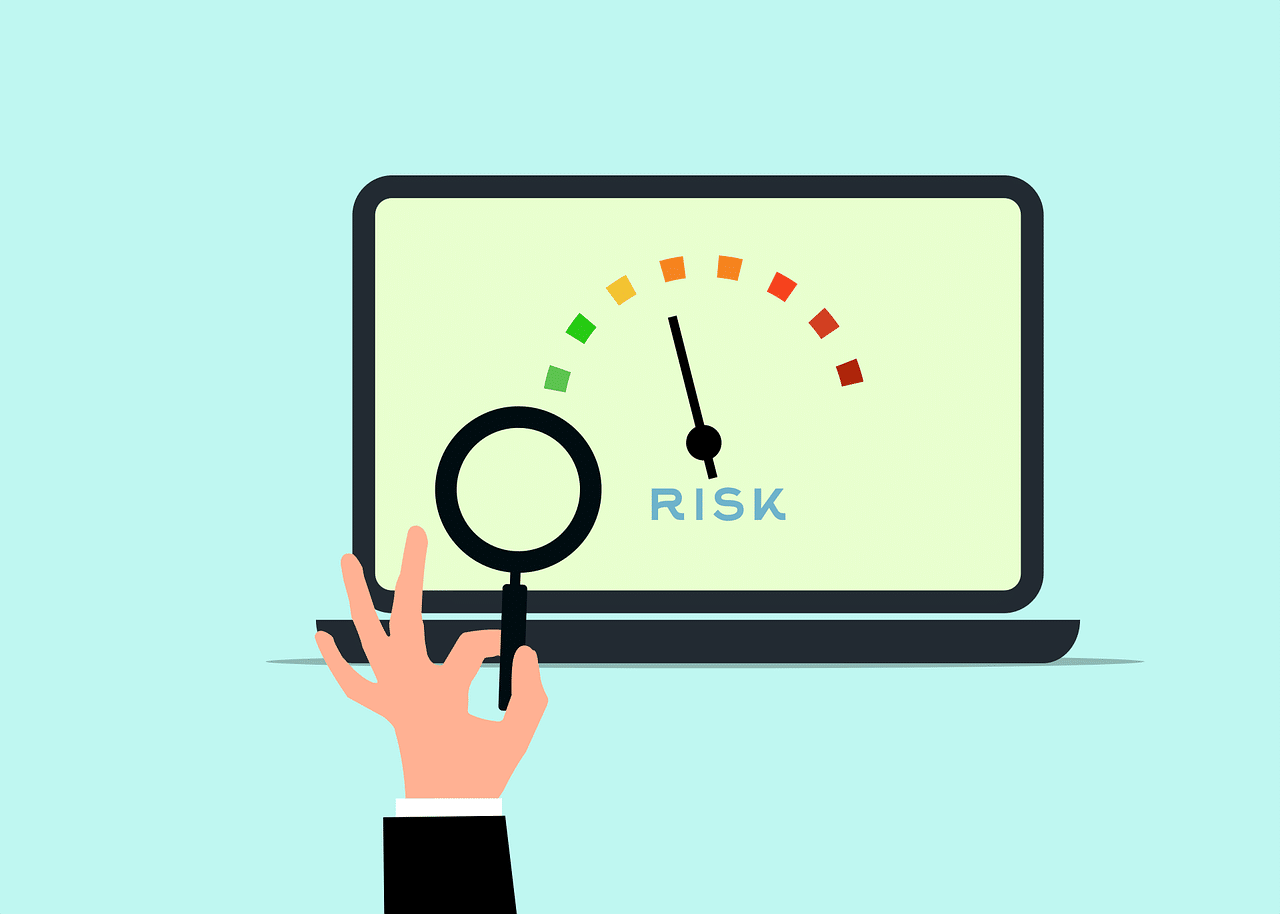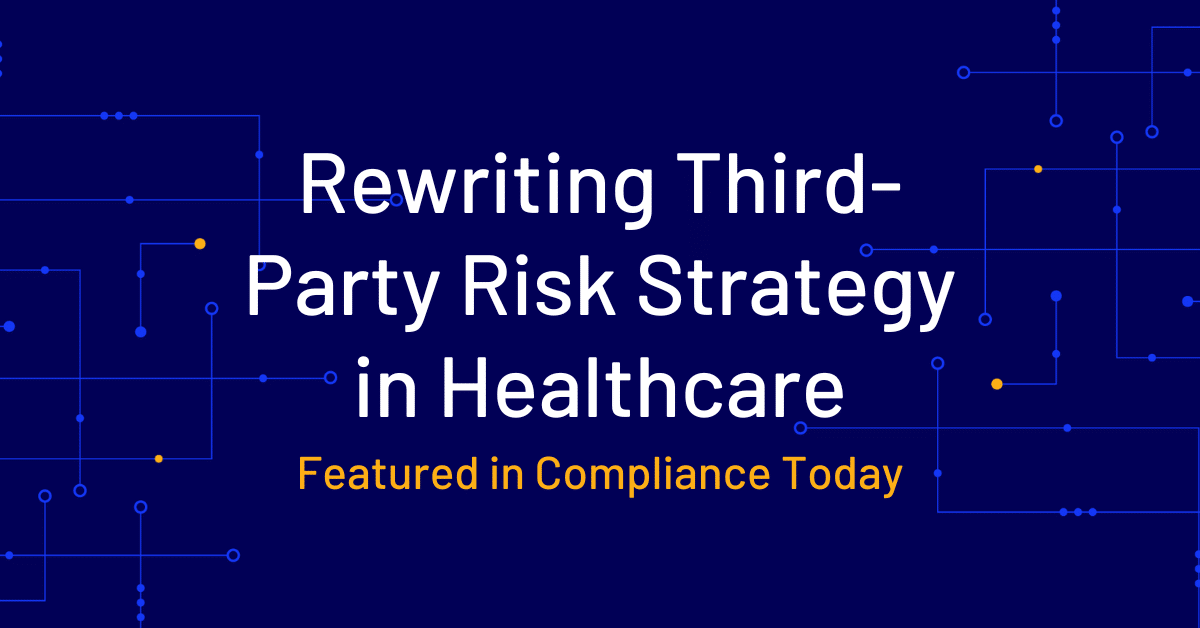Manufacturers operate in a challenging environment heavily dependent on vendors that provide raw materials and equipment to third-party logistics (3PL) providers throughout supply chains. And according to Gartner, 71% of organizations have increased their third-party partnerships recently. These business relationships are vital for smooth operations but come with risks that can disrupt production, affect quality, and threaten security and compliance. In fact, alarmingly, a SecurityScorecard report shows that 98% of companies are linked to at least one third-party that has suffered a data breach.
In the same breath, manufacturers face growing pressures from changing regulations and the push for sustainable practices. Risk management professionals must be even more vigilant to prevent negative impacts on their own company as a result of their relationships with other businesses—businesses that may not hold the same security standards. Manufacturers now hold a degree of accountability for their suppliers’ actions, making it a priority to identify and manage third-party risks before they become liabilities.
How to Implement a TPRM Program in Your Manufacturing Business

Because the landscape of third-party risk continues to grow and morph, you should take stock of where you company is in its TPRM maturity. The following steps are designed to offer solid pillar points for a third-party risk management (TPRM) program in manufacturing, the kind of resilient approach that puts leaders on the path to security, compliance and success.
1. Identify Unique Manufacturing Supply Chain Risks
Take stock of all the types of third-party risks specific to your company. Manufacturing businesses work with third-party suppliers for everything from raw material, quality control, production capacity, logistics, distribution and more. As a result, security and compliance risks are widespread across the supply chain including financial, legal and operational areas of the business and can cause substantial damage. Make sure you are looking into risks like:
- Single-source supplier vulnerabilities
- Customized component sourcing challenges
- Rapid technological obsolescence
- Intellectual property risks in global partnerships
- Quality control issues with offshore suppliers
- Geopolitical shifts affecting stability
- Cybersecurity threats in interconnected networks
- Regulatory compliance risks in cross-border operations
- Sustainability and ethical sourcing challenges
- Supplier financial instability
- Skill shortages and labor risks in high-tech manufacturing
- Currency fluctuation risks in global supply chains
Conduct a comprehensive third-party inventory and risk assessment to determine the level of risk that is acceptable. This includes evaluating the impact of just-in-time inventory systems on risk exposure. Use tools and techniques for mapping the supply chain and identifying critical dependencies.
2. Due Diligence and Vendor Selection
After completing your inventory, it’s time to vet the vendors, and this goes beyond a simple report or questionnaire. Apply a comprehensive process that includes:
- financial stability review
- reference checks
- license verification
- insurance confirmation
- cultural fit assessment
Be sure to examine cybersecurity and compliance details for any areas of potential vulnerability. Conduct an on-site assessment for your most critical vendors. For partners that process, store or transmit critical data, an in person review allows for verification of security controls and an opportunity to address sensitive concerns and build stronger relationships.
3. Contract Management and Negotiation
Many third parties will initiate standard contracts, but no two business relationships are the same. Take the time to review and revise language and terms throughout the negotiation process. It is critical to ensure that the needs of both parties are being considered and addressed. This means looking for clauses that cover provisions for supply chain disruptions, clearly outlining responsibilities and contingencies to mitigate risks of production delays, and ensuring that suppliers commit to adhering to relevant industry regulations and standards for maintaining compliance throughout the supply chain.
For efficient and secure contract management, align your contract with associated risk profiles to make sure that each reflects the appropriate protection needs. For example, Banking, Financial Services and Insurance (BFSI) contracts should always include essential clauses for data protection, audit rights, and service level agreements (SLAs). With risk mitigation as a priority, businesses are in a strong position to effectively negotiate with suppliers.
4. Monitoring and Performance Management
You need visibility into your own third-party management program for the long haul. Are the assessments outdated? Did your third party take on a new fourth party? Are there new engagements with a vendor that haven’t been examined? TPRM is an ongoing discipline. You need to incorporate continuous monitoring techniques, like real-time data collection and analysis as well as automated control testing and alerts, to stay compliant and mitigate risk.
When leveraging a third-party risk management software solution, real-time visibility into the status, findings, associated controls and corrective actions make it easier to stay on track, particularly with customizable dashboards and reporting. Apply specific Key Performance Indicators (KPIs) and Key Risk Indicators (KRIs) to each supplier relationship—and each engagement with that supplier—to determine if goals are being met.
5. Incident Management and Exit Strategy
When the worst-case scenario happens, what will your company do? To recover faster, the best practice is to develop incident response plans for when issues arise. We know that even with the best program in place, breaches can and do happen. Your incident response plan should clearly outline how to respond to a third-party incident that impacts the organization. Collaboration with third-parties during incidents is essential to swift resolution and minimal impact.
Using a third-party risk management platform to centralize vendor data is your best bet for quicker resolution. You’ll want to leverage automation for incident notifications, re-assessments, real-time risk monitoring and reporting. Your tool is also instrumental in:
- Define roles and responsibilities for incident response
- Establish communication protocols and escalation procedures
- Outline steps for incident identification, containment, and remediation
- Include procedures for notifying relevant stakeholders
- Activate your methodology for evaluating incident impact and risk
At some point, you may need to end a vendor relationship. This relies on the exit strategies and contract termination processes for those deemed as high-risk vendors. According to Ernst and Young’s 2023 EY Global Third-Party Risk Management Survey, only 48% of organizations have exit strategies or contingency plans for high-risk third-parties. This leaves more than half unprepared.
Being clear on the next steps to take if it becomes necessary to terminate the vendor contract is important. For example, the vendor may have access to your organization’s data. From a security standpoint, it is critical to know immediately how and when the data will be returned or destroyed after contract termination or expiration.
The Evolving TPRM Landscape for Manufacturers

In addition to governing the embrace of emerging technologies, like artificial intelligence (AI), machine learning (ML), natural language processing (NLP), and blockchain, manufacturing leaders must also pay attention to broader trends affecting the industry. Factors such as rising energy prices, inflation, global instability, and an increasing emphasis on sustainability all play significant roles in influencing third-party risk. Given this vast complexity, it’s no surprise that 70% of firms report heightened attention to third-party risk management.
However, by executing these best-practice steps and staying attuned to key trends, TPRM teams can effectively navigate the challenges they face and minimize risks. These proactive efforts are critical for businesses aiming to maintain profitability and secure a competitive edge in the marketplace.
To learn more about managing third-party risk, download our Third-Party Risk Management Software Data Sheet. Contact us today to discuss your processes with an Onspring expert.




